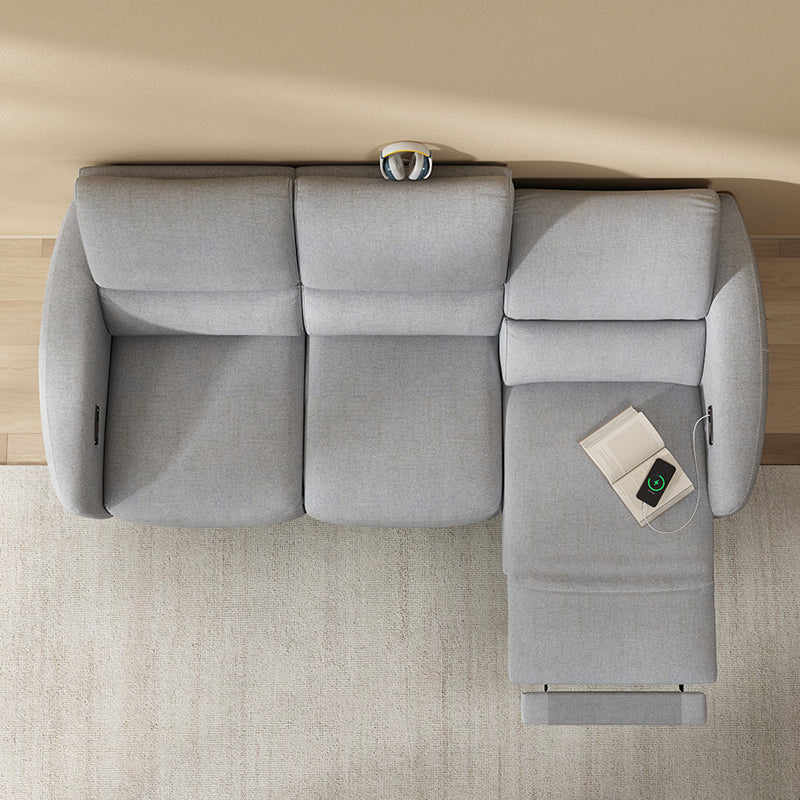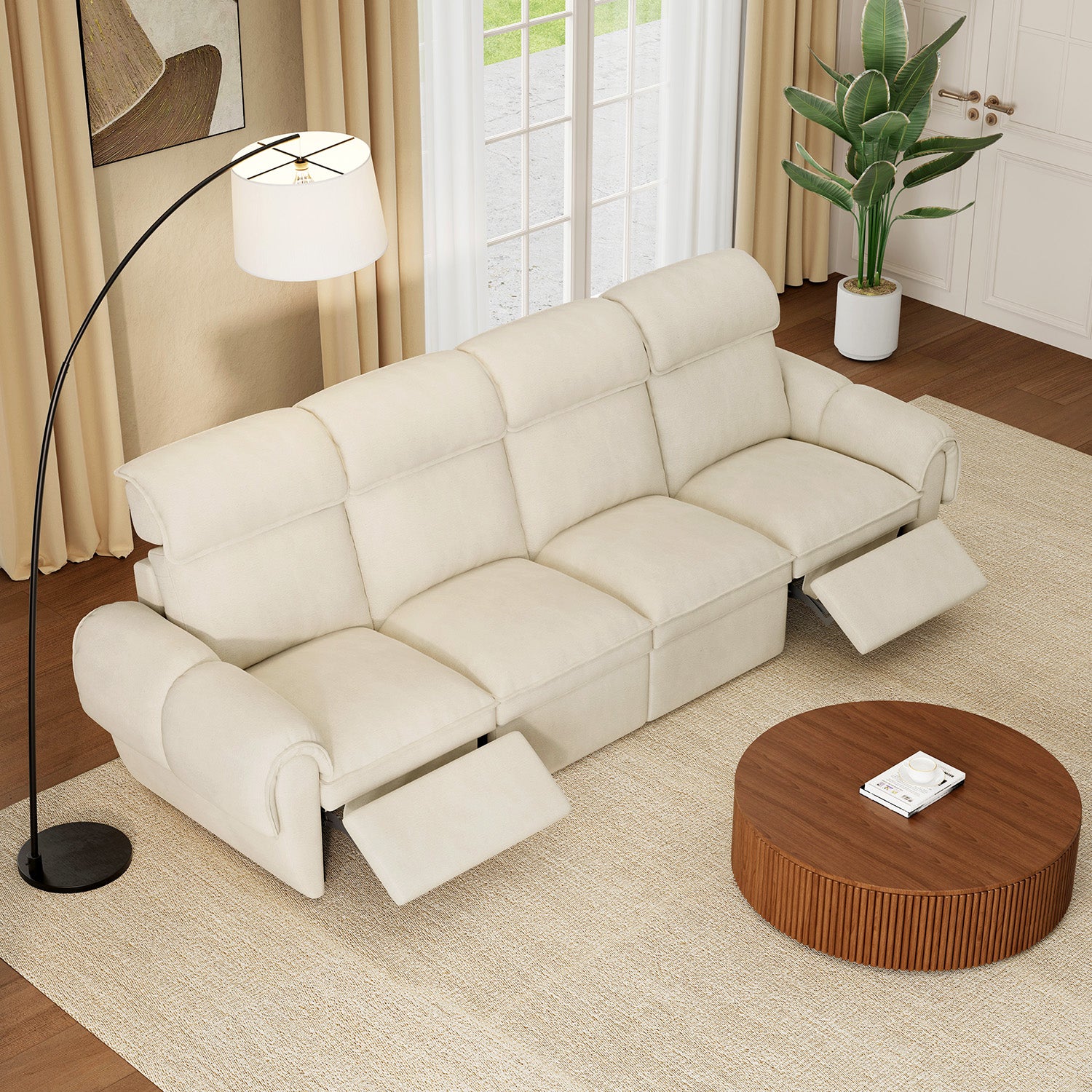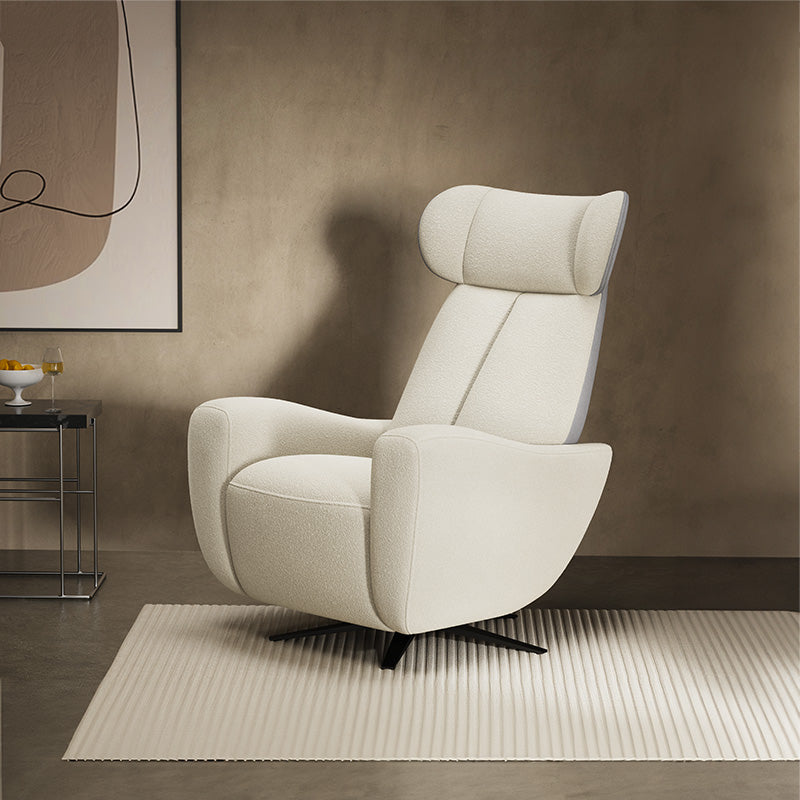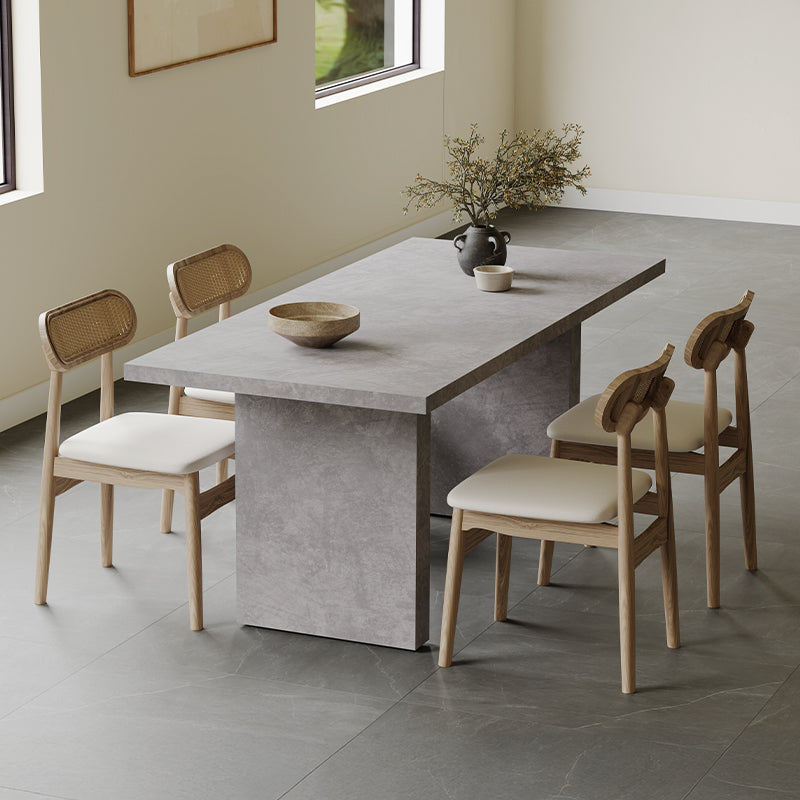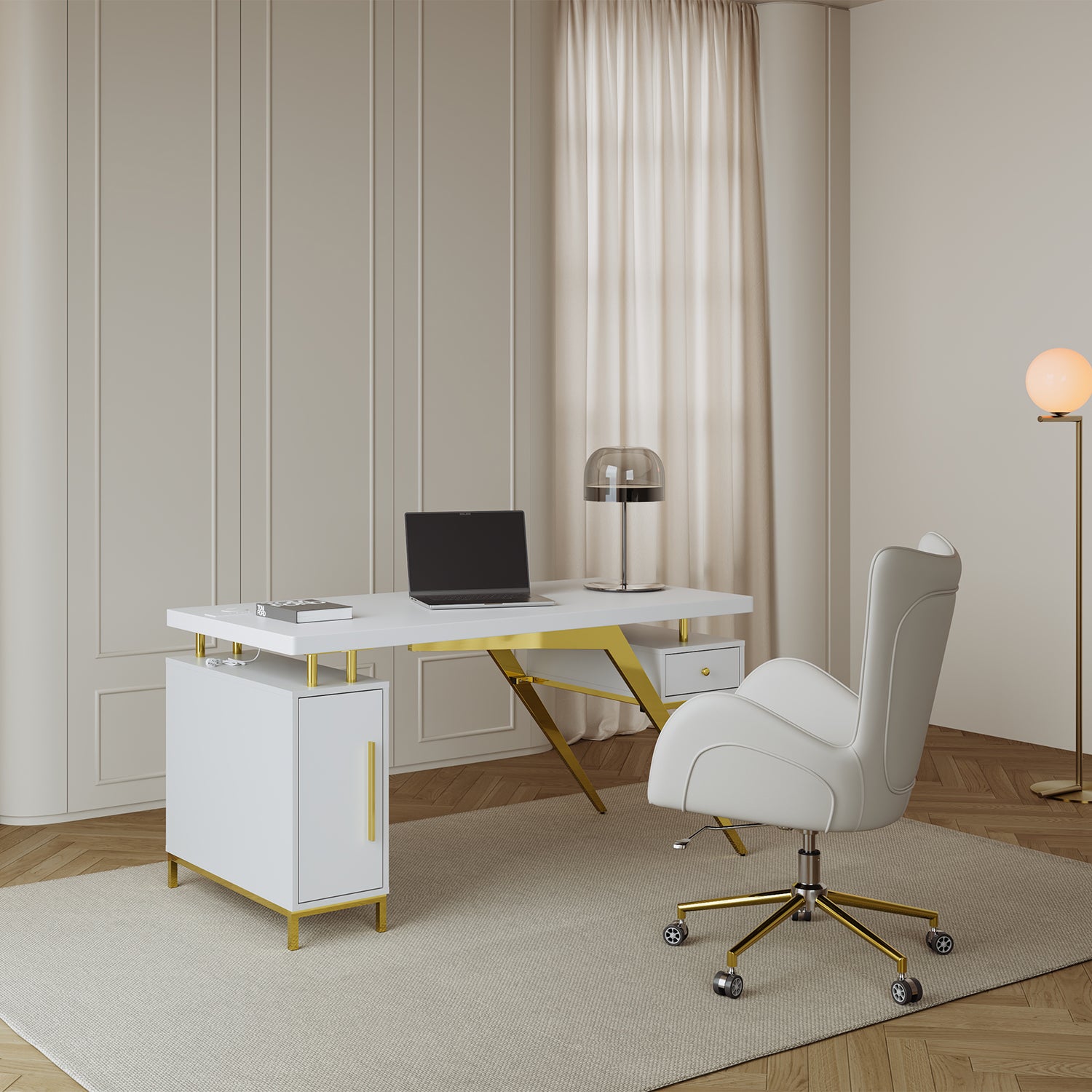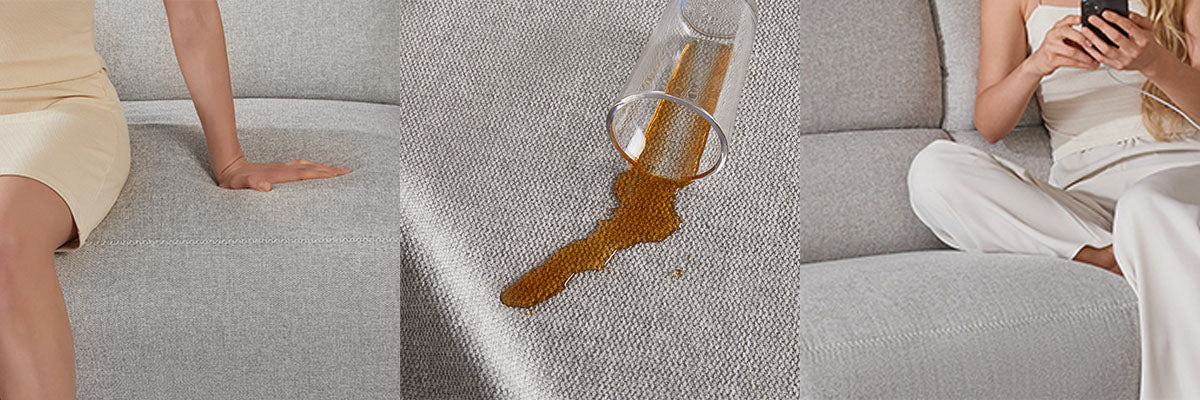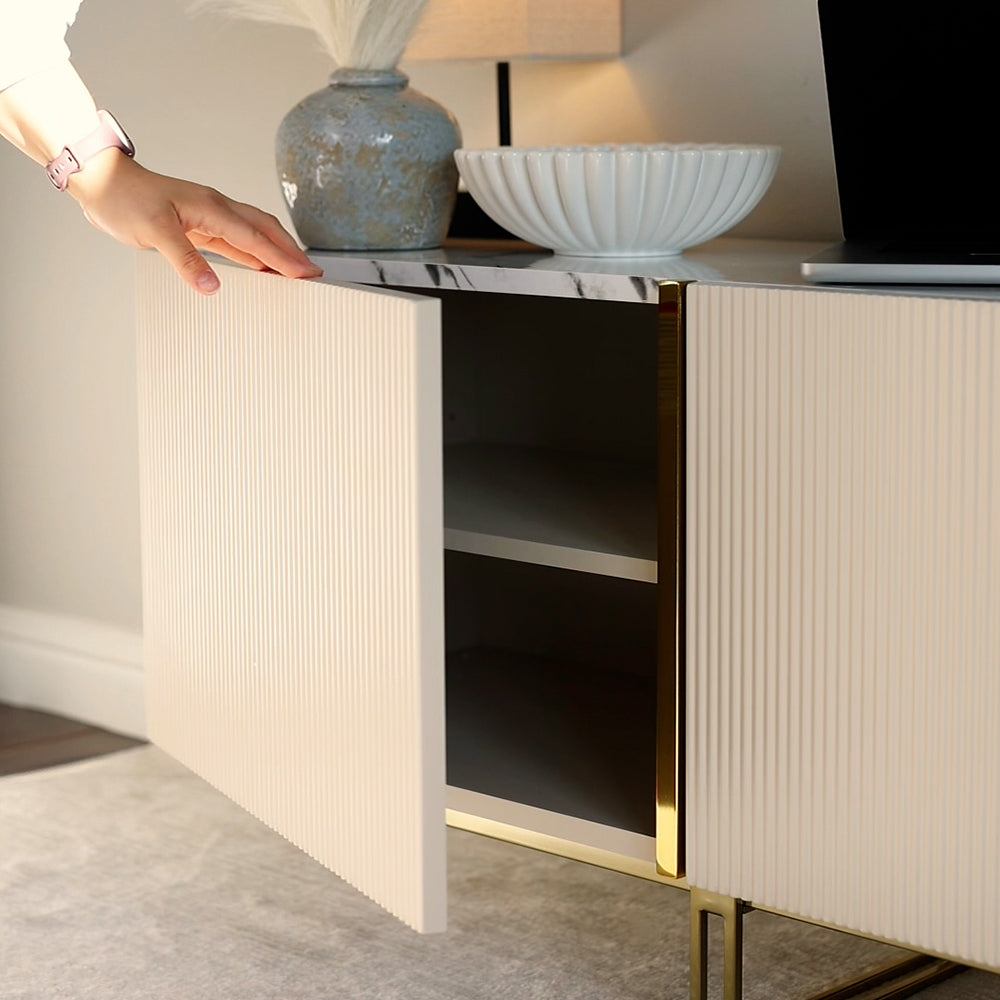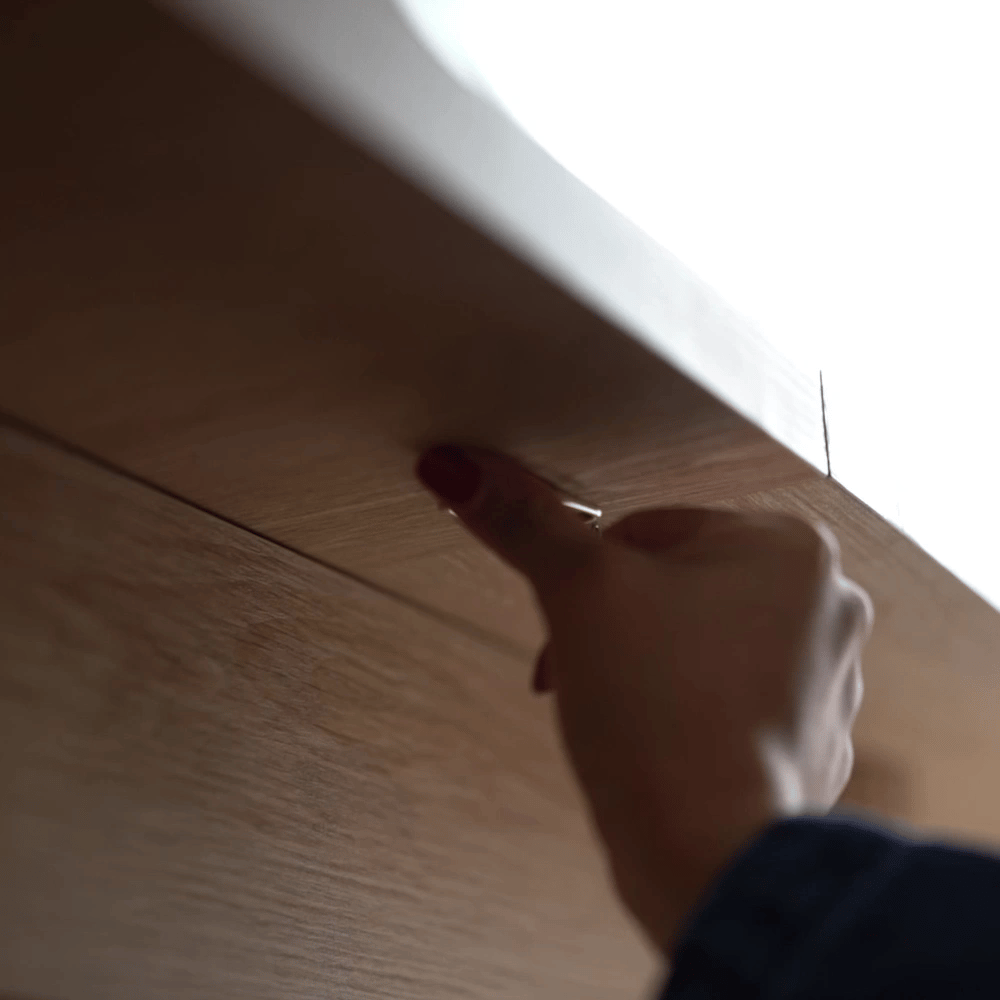Fabric sofas are both stylish and comfortable, but they can easily fall victim to stains from spills, pets, and everyday wear. Knowing how to properly tackle these stains is essential for maintaining the beauty and longevity of your furniture. Here’s a step-by-step guide to effectively remove various types of stains from a fabric sofa.
Table of Content
Step 1: Identify the Stain
The first step in stain removal is to identify the type of stain you're dealing with. Common stains include:
- Food and beverage stains (coffee, wine, grease)
- Ink stains (from pens or markers)
- Pet stains (urine, vomit)
- Mud or dirt
Different stains require different approaches, so knowing what you're dealing with will help in choosing the right cleaning method.
Step 2: Act Quickly
Timeliness is crucial when dealing with stains. The sooner you address a stain, the easier it will be to remove. For fresh stains, gently blot the area with a clean, dry cloth to absorb as much of the substance as possible. Avoid rubbing, as this can push the stain deeper into the fabric.

Step 3: Gather Your Cleaning Supplies
To effectively tackle stains, gather the following materials:
- Mild dish soap
- White vinegar
- Baking soda
- Hydrogen peroxide (for tough stains)
- Clean cloths or sponges
- Soft-bristled brush (like an old toothbrush)
- Paper towels
Step 4: General Stain Removal Techniques
Food and Beverage Stains
1. Blot the Stain: Use a clean cloth to blot the stain gently.
2. Soapy Solution: Mix a few drops of mild dish soap with warm water. Dampen a cloth with the solution and blot the stain from the outer edges inward.
3. Rinse: Dampen another cloth with plain water and blot the area to remove soap residue. Blot dry with a paper towel.
Ink Stains
1. Blot: Quickly blot the ink stain with a clean cloth to absorb excess ink.
2. Vinegar Solution: Mix equal parts white vinegar and water. Dampen a cloth with the solution and blot the stain.
3. Rinse: Use a clean cloth with water to rinse the area, then blot dry.
Pet Stains
1. Blot the Area: Absorb as much moisture as possible.
2. Vinegar and Water: Mix equal parts white vinegar and water. Blot the stain with this solution.
3. Baking Soda: After the area dries, sprinkle baking soda to neutralize odors. Vacuum it up after a few hours.
Mud and Dirt Stains
1. Let It Dry: Allow the mud to dry completely before attempting to clean.
2. Brush Off Excess: Use a soft-bristled brush to gently remove dried mud.
3. Soapy Solution: Mix mild dish soap with water, dampen a cloth, and clean the area. Rinse and blot dry.

Step 5: Tackling Tough Stains
For stubborn stains that don’t respond to regular cleaning, consider using hydrogen peroxide:
1. Test First:
Always test on a hidden area to check for colorfastness.
2. Apply Carefully:
Dampen a cloth with hydrogen peroxide and blot the stain.
3. Rinse and Dry:
Follow up with a damp cloth to rinse, then blot dry.
Step 6: Regular Maintenance
Preventing stains is just as important as removing them. Regularly vacuum your sofa to remove dirt and debris, and consider using a fabric protector to help repel spills and stains.
Step 7: Professional Cleaning
If you've tried various methods and the stain persists, or if you're dealing with a large or intricate piece of furniture, it may be time to call in professionals. Upholstery cleaners have specialized tools and solutions that can effectively treat tough stains without risking damage to your fabric.
Conclusion
Removing stains from a fabric sofa can be a straightforward process if you act quickly and use the right techniques. By identifying the type of stain, gathering the necessary materials, and following the appropriate steps, you can keep your sofa looking fresh and inviting. Regular maintenance and immediate action are key to prolonging the life of your fabric sofa, ensuring it remains a beautiful centerpiece in your home.
If you want to buy our home furniture or couch for living room, you can check out more on our store

